SUMMARY
This is AI generated summarization, which may have errors. For context, always refer to the full article.
![[OPINION] What happens next](https://www.rappler.com/tachyon/2022/06/TL-What-happens-next-June-23-2022.jpg)
“What happens now?” The question came from a young lawyer during one of the “debriefings” I busied myself with after May 9. The poll results struck volunteers and students hard. And they kept asking, “why did we lose?.” I said I had no answer. Until the studies come out, one person’s guess is as good as another. Besides, the priority was to find encouragement, a reason to stay the course. So we focused on that.
We started by taking a step back to appreciate what we were up against: the biggest coalition of the most powerful political dynasties in the country; the resources of some of the largest oligarchs; and a disinformation machine run by professional operators. Against all these, were a patchwork of volunteers, religious orders, civil society organizations, and the remnants of a political party.
Situating ourselves in the larger context of the battle lessens the sting of loss. Elections are a zero-sum game. Yet there is victory in getting 15 million to vote for one’s side. Especially if you did that without “gold,” command votes, and disinformation.
To move forward however requires something more. For the young minds I talked to, what worked was finding a renewed sense of purpose. Because the end of an election should not signal the end of a movement. Which is why Vice President Robredo’s message about forming an NGO was timely. As she often said, what truly matters is to fix a system that has left the “laylayan” largely unserved. This call presents us with new “missions.”
First, would be to find ways to effectively translate our preference for ideological systems, dry data, and policy into something that can make a gut-level connection. Because while 15 million agree with us on this, 31 million don’t. The coming years will be our chance to convince them. Luckily, that 15 million is largely made up of young people who are closer to new forms of communication (such as TikTok).
Second is to find effective ways to fight disinformation operations. With the proven success of the dictator’s rebranding, expect that others will follow. From “Patient Zero,” our country may soon become the world’s disinformation capital. The knee-jerk approach is to criminalize. But what exactly? Individual trolling? When you are dealing with thousands, if not millions of organized trolls, dealing with upstream actors who enable “mass pollution” becomes a greater concern than downstream activities.
Another priority is bridging that “disconnect” between socio-economic classes of society. Puppeteers exploit this gap to pit us against each other during elections. Hence the 2022 “elitista” narrative that pits classes D and E against the middle class, a decades-old political tool now turbocharged by tech. The truth is, the middle class and the poor have more in common than the political and economic elite. But, as long as the disconnect is wide, operators can keep redirecting rage to make us quarrel and remain stuck. Closing that gap makes this harder.
Still another mission is finding ways to show (not tell) the greater public what a system founded on the principles the vice president advocates for looks like. This would’ve been easy had she won. It acquires even more importance now that she didn’t. “Malayo sa sikmura ang ‘good governance,’” a colleague told me during the campaign. Recalling Maslow’s Hierarchy of Needs, I’d have to agree. Now that time is on our side, we have a chance to demonstrate (not just lecture) what these concepts mean.
Steps that go a long way
Is it worthwhile to invest time and resources in these? I think so. I can cite an example from the miting de avance. There, we found ourselves chatting with a contingent from Pasay. They shared that their area was “puro pula” and had hakot operations with promises of money. My wife asked the group’s leader, “buti po kayo hindi na-convince?” She revealed that their group was regularly visited by a couple from UP. They’d spend weekends with them and their kids discussing about community matters, “pol sci”, and other topics. “Andami na naming natutunan sa kanila”, she enthused. “Kaya ung Tallano, tinawanan lang namin.”
I glanced at their delegation and noted there were almost a hundred of them. Imagine that. It wasn’t an ad, an article, or a slogan that made this group impervious to money and disinformation. It was the diligence of a simple couple who became part of their community by visiting them regularly. They went, not as their “betters” deigning to descend but, as fellow Filipinos. This is what’s possible with the time that we now have. This is what’s possible with 15 million.
It won’t be easy. Not with a disinformation machinery that now has access to much bigger resources. But if one couple can effect change that allows almost a hundred citizens to resist both money and disinformation, imagine what a thousand, a hundred thousand committed citizens can do?
They will need help. They will need funding. They will need organizational infrastructure. They will need tech-based solutions to be agile and to protect them from becoming targets by troll farms. They will need socially conscious celebrities who’ll lend their star power to enhance these programs’ reach and saliency. They will need artists and creators to help translate dry data and text into engaging content. They will need doctors and other professionals to continue their community-centered activities. And, they will all need lawyers to protect them when the time comes.
The good news is that these resources already exist. The communities, reach, and sources of funding built over the course of the campaign provides “seed capital” that start-ups would kill for. The vice president’s house-to-house campaign was effective but, it needed a longer runway to make up for the huge gap. Our greatest enemy during the campaign was time. Now, it is our ally.
Following May 9, many of us (including me) entertained thoughts of giving up. That maybe, the best way to learn history is for Filipinos to live through it (again). I took a break from writing to “reset” and find new bearings. I’m glad I did. It made me realize that to give in to apathy or “move away,” is to betray everything we said during the campaign. To recede within our circles is to leave behind the very people we claimed we were fighting for. And while one can find reasons to turn away from those who enabled this resurgence, what happens to the 15 million who did their best to resist?
We cannot help everyone. But it’s time that we find ways to demonstrate what this vision of “good governance” looks like. It is time that we show what it means to be part of a community, a movement that functions.
The greater public is apathetic because through decades they’ve learned that no matter who they voted for, their lives remained the same. The first step in changing this mindset is to not leave the 15 million behind. “Bumoto sila ng tama.” We need to show them (and everyone else) that those votes count for something. That’s on us. That’s what happens next. – Rappler.com
John Molo practices commercial litigation and arbitration. He teaches Constitutional Law at UP, is a Trustee of the Philippine Bar Association and is a past president of the Harvard Law School Alumni Association. He has argued several landmark cases before the Supreme Court.
Add a comment
How does this make you feel?
![[WATCH] In The Public Square with John Nery: Preloaded elections?](https://www.rappler.com/tachyon/2023/04/In-the-Public-Square-LS-SQ.jpg?resize=257%2C257&crop=414px%2C0px%2C1080px%2C1080px)
![[Newspoint] 19 million reasons](https://www.rappler.com/tachyon/2022/12/Newspoint-19-million-reasons-December-31-2022.jpg?resize=257%2C257&crop=181px%2C0px%2C900px%2C900px)
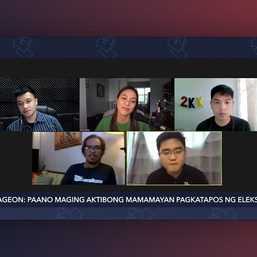
![[OPINION] The long revolution: Voices from the ground](https://www.rappler.com/tachyon/2022/06/Long-revolution-June-30-2022.jpg?resize=257%2C257&crop=239px%2C0px%2C720px%2C720px)
![[OPINION] I was called a ‘terrorist supporter’ while observing the Philippine elections](https://www.rappler.com/tachyon/2022/06/RT-poster-blurred.jpeg?resize=257%2C257&crop_strategy=attention)
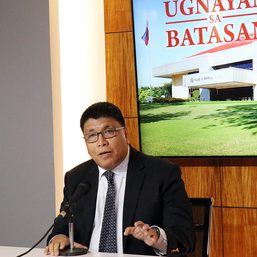
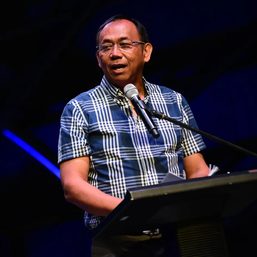
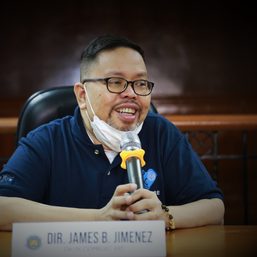
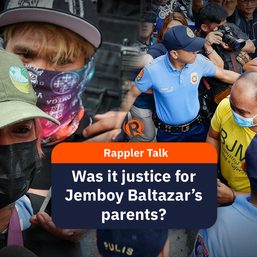
![[New School] Tama na kayo](https://www.rappler.com/tachyon/2024/02/new-school-tama-na-kayo-feb-6-2024.jpg?resize=257%2C257&crop=290px%2C0px%2C720px%2C720px)
There are no comments yet. Add your comment to start the conversation.